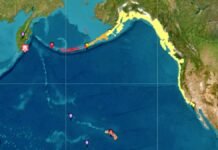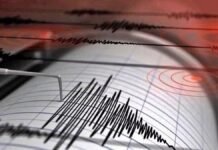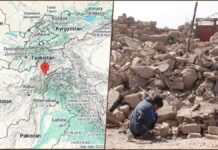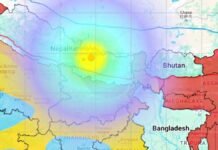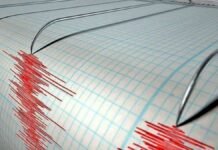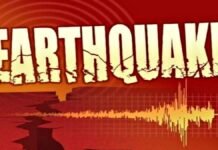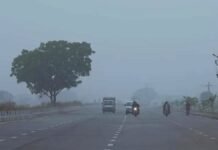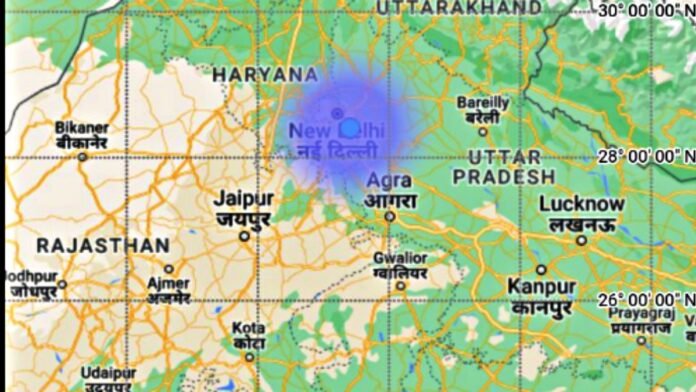
New Delhi: Delhi-NCR and other cities in the country experienced strong earthquake shocks on Sunday, which scared people and made them rush out of their homes and buildings. No damage was reported from the quake, which occurred when people were at home due to the holiday. The quake was felt in Noida, Ghaziabad, and other parts of Haryana besides Delhi.
The National Center for Seismology said that the quake had a magnitude of 3.1 and its epicenter was in the Faridabad area at a depth of 10 km. It happened at 4:08 p.m. This was the second quake in Delhi-NCR this month, after a 6.2 magnitude quake in Nepal on October 3, which also shook Delhi-NCR and other parts of North India. The epicenter of that quake was in the Talkot area of Bazhang district, 700 km west of Kathmandu, and it occurred at 2.40 pm.
Delhi is prone to quakes of magnitude 4 or 4.5
Quakes of magnitude 4 or 4.5 are not uncommon for the Delhi region. In the past 100 years, there have been around 25 to 30 such quakes in Delhi, which did not cause much damage. Therefore, people in Delhi-NCR do not have to worry too much if a quake of less than magnitude 5 happens. However, they should be prepared and take precautions in case of a quake. There was no loss of life or property in the two quakes that happened in Delhi this time.
These are the causes of quake in Delhi-NCR
Delhi-NCR is in Seismic Zone 4, which means it is very vulnerable to quakes. The quakes in Delhi NCR are caused by the release of stress energy from underground. There are over 100 long and deep faults under Delhi-NCR. Some of them are on the Delhi-Haridwar Ridge, Delhi-Sargodha Ridge, and the Great Boundary Fault. They also have many active faults associated with them. Another reason for Delhi’s frequent shaking is that it is close to the world’s largest mountain, the Himalayas, and secondly, it is at the end of the Aravalli mountain range. The biggest threat and danger for Delhi is its settlement. This is why this area feels quake shocks again and again.

61 districts in UP are in a high-risk zone
Javed Malik, senior professor of the Earth Science Department of IIT Kanpur, said that quake is a natural disaster. From a quake point of view, 61 districts in UP are in high-risk zones where there is a possibility of a quake. Scientists say that the earth is made up of seven tectonic plates and when they collide or try to enter each other’s area, the earth starts shaking and it is called quake. Energy is released when the plates rub against each other. This causes cracks in the earth. After a quake, mild shocks continue to occur for a few days or weeks, these are called aftershocks.

































